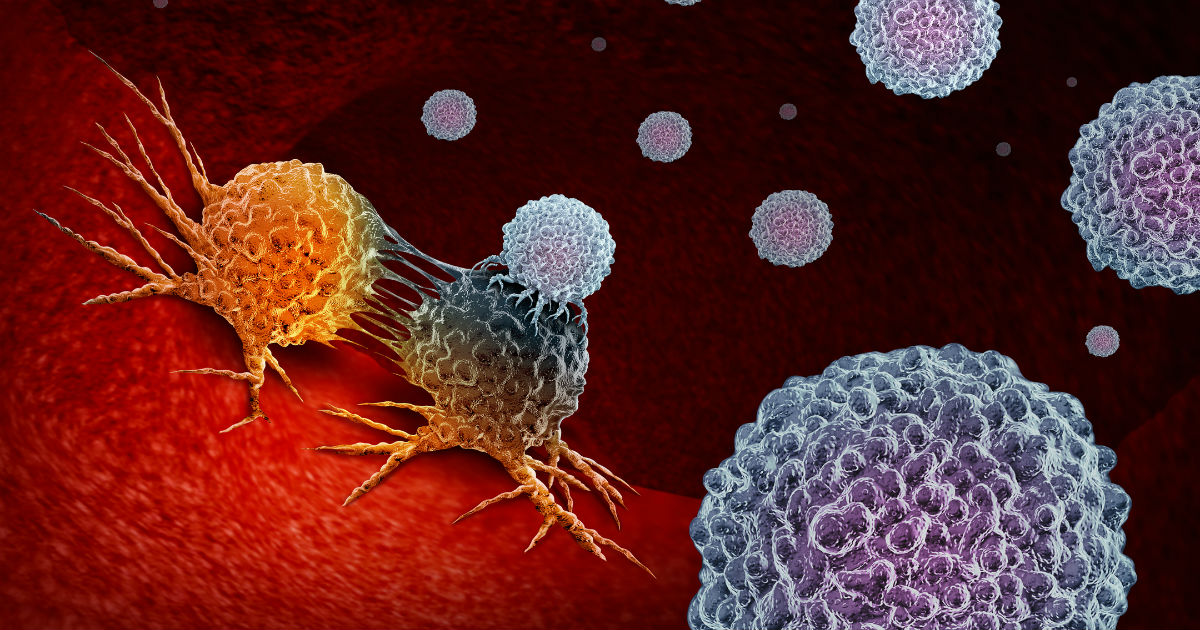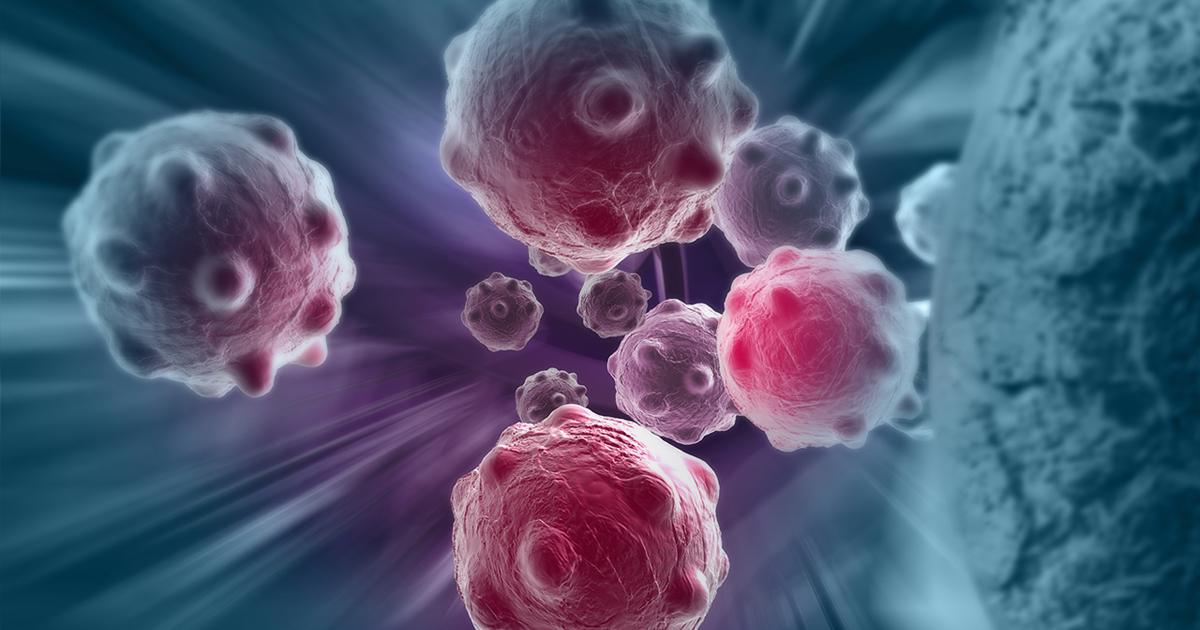
Update: United States Supreme Court Justice Ruth Bader Ginsburg died at her Washington D.C. home on Friday, Sept. 18. In announcing her passing, the Supreme Court said her death was caused by complications from metastatic cancer of the pancreas. Ginsburg was 87. This blog has been updated to reflect new developments.
Supreme Court Justice Ruth Bader Ginsburg’s battles with cancer were well documented. Since 1999, the justice had been treated for cancer in her colon, lung and pancreas, and earlier this month, she announced she’s being treated for a cancerous lesion on her liver. Ginsburg underwent multiple surgeries, radiation therapy, immunotherapy and chemotherapy. With so many diagnoses, treatments and outcomes, there’s so much we can learn from Ginsburg’s cancer battles. For instance:
It’s not always about where the cancer is, but where it came from.
Most recently, Ginsburg was treated for cancer on her liver. But that did not mean she had liver cancer. Given that she had been previously diagnosed with cancer in three other locations—her colon, pancreas (twice) and lung—the justice had metastatic cancer that has spread to her liver and ultimately claimed her life. Ginsburg was treated with gemcitabine, a chemotherapy drug used to treat pancreatic cancer and lung cancer, but not usually liver cancer.
There’s a difference between recurrent and metastatic cancer.
In June, Ginsburg announced she was being treated for a “recurrence of cancer." But there's a difference between recurrent cancer and metastatic cancer.
- Recurrent cancer occurs when cancer re-emerges in or near the same location where it was previously diagnosed.
- Metastatic cancer occurs when cancer cells from one location travel to another part of the body and form a tumor.
Cancer treatments are designed to attack and kill cancer cells or disrupt the mechanisms that allow them to grow and spread. But treatments often leave living cancer cells behind. These cells may lay dormant for years before re-emerging to form new tumors, often in a different location from where it was previously diagnosed.
That’s one reason why it’s important for cancer patients to get regular checkups and avoid unhealthy risk factors, such as smoking or obesity. By modifying lifestyle-related behaviors, you may help improve your cancer treatment outcome and reduce your chances of developing a new cancer.
“The same risk factors that may have raised a person’s risk of the first cancer can also contribute to a risk of having other cancers,” says Anthony Perre, MD, Vice Chief of Staff and Director of New Patient Intake at Cancer Treatment Centers of America® (CTCA), Philadelphia.
When cancer travels, or metastasizes, it is still identified by where in the body it originated. So metastatic pancreatic cancer that travels to the liver is still considered pancreatic cancer, not liver cancer. The liver is one of the most common locations where cancer metastases are found.
Cancer is often diagnosed by accident.
It’s not unusual to hear about cases in which doctors detect cancer while treating other conditions or injuries, such as a car accident. In Ginsburg’s case, her previous reported diagnoses came as a result of routine checkups or treatments for other conditions. For example:
- 1999: While being treated for an abdominal infection, doctors discovered Ginsburg had colon cancer. She was treated with a sigmoid colectomy, chemotherapy and radiation therapy.
- January 2009: A routine check-up and subsequent scans revealed a lesion on Ginsburg’s pancreas. She underwent surgery a month later to remove part of her pancreas and spleen.
- November 2018: Ginsburg fell in her Supreme Court office and fractured three ribs. CT scans of her rib injuries revealed nodules on her left lung. The justice was treated a month later with a surgical procedure called a lobectomy, to remove one of the lobes from her lung.
- July 2019: A routine blood test led to a biopsy, revealing that Ginsburg had a tumor on her pancreas. She was treated with stereotactic ablative radiation therapy.
But sometimes, cancer comes out of the blue, with no early symptoms, even if you’re active and healthy. Often, symptoms such as fatigue, loss of appetite, weight loss or pain may be an early sign of the disease. If you’ve had cancer, have a family history of cancer or have specific symptoms that may indicate cancer, it’s important to consult your doctor about a plan to monitor your health, get regular checkups and consider prophylactic steps that may help reduce your risk.
Immunotherapy doesn’t work for everyone.
Immunotherapy, specifically the development of checkpoint inhibitor drugs, has been considered a game-changer in the treatment of cancer. But it didn’t work for Ginsburg.
Developed about 10 years ago, checkpoint inhibitors disrupt signals that cancer cells and T-cells exchange at certain “checkpoints” that trick the immune system into thinking the cancer cells are no threat. Checkpoint inhibitors are approved for many types of cancer, including lung cancer, bladder cancer, liver cancer and melanoma. They also are approved for some cancers with specific genetic features.
But checkpoint inhibitors don’t work for everyone, and doctors don’t always know why. Certain proteins inside the cancer cells may interfere with these drugs. Or a patient may not have a robust enough immune system to react to the drugs. “The T-cells may already be busy with other tasks, or they may not be in the right location, or something else may be preventing them from reacting,” says Maurie Markman, MD, President of Medicine & Science at CTCA®.
Ginsburg was treated with immunotherapy for her liver lesions, but the treatment did not produce the desired outcome. Her lesions were said to be shrinking on chemotherapy, however. Combining immunotherapy drugs with other treatments may result in a better response to treatment in some patients. There were no reports that Ginsburg received her immunotherapy in combination with another treatment.
Ginsburg was an inspiration for cancer fighters.
Ginsburg had been diagnosed with cancer five times over the past 21 years, and through it all, the Supreme Court’s oldest justice stayed the course and rarely missed work while undergoing treatment. “I have often said I would remain a member of the Court as long as I can do the job full steam,” she said in July.



